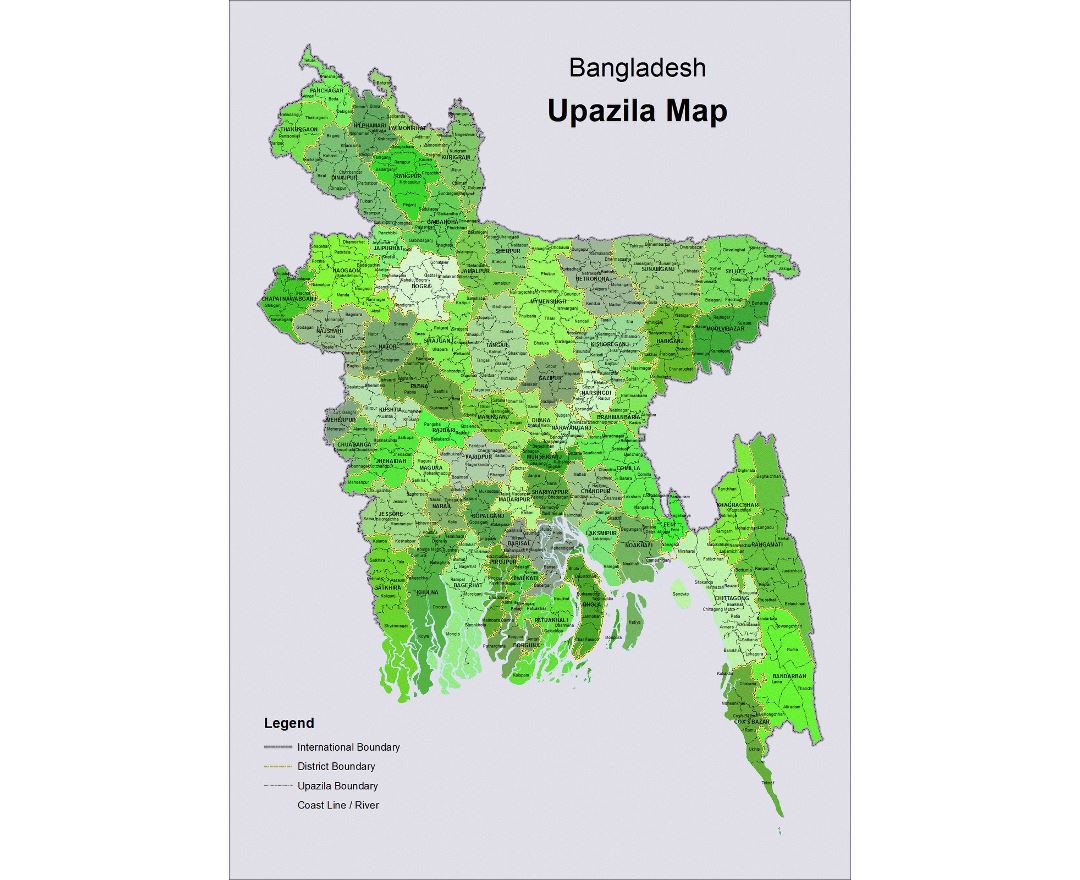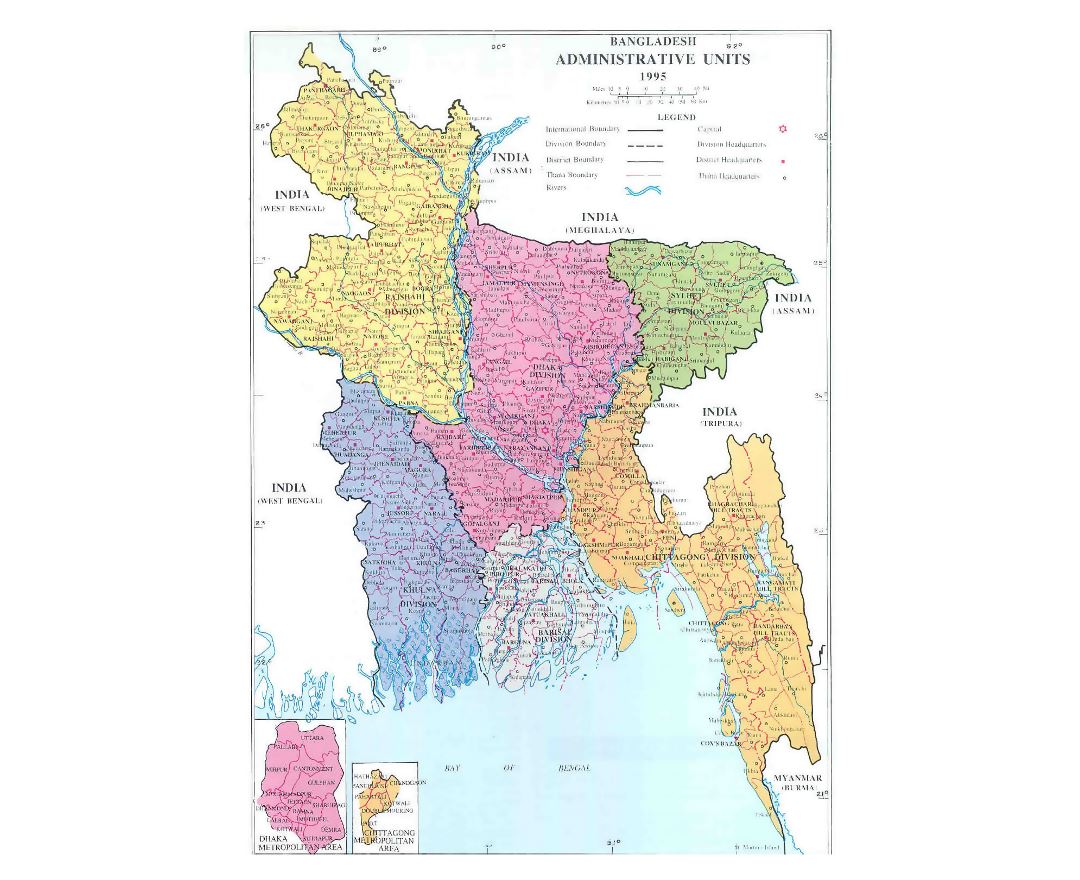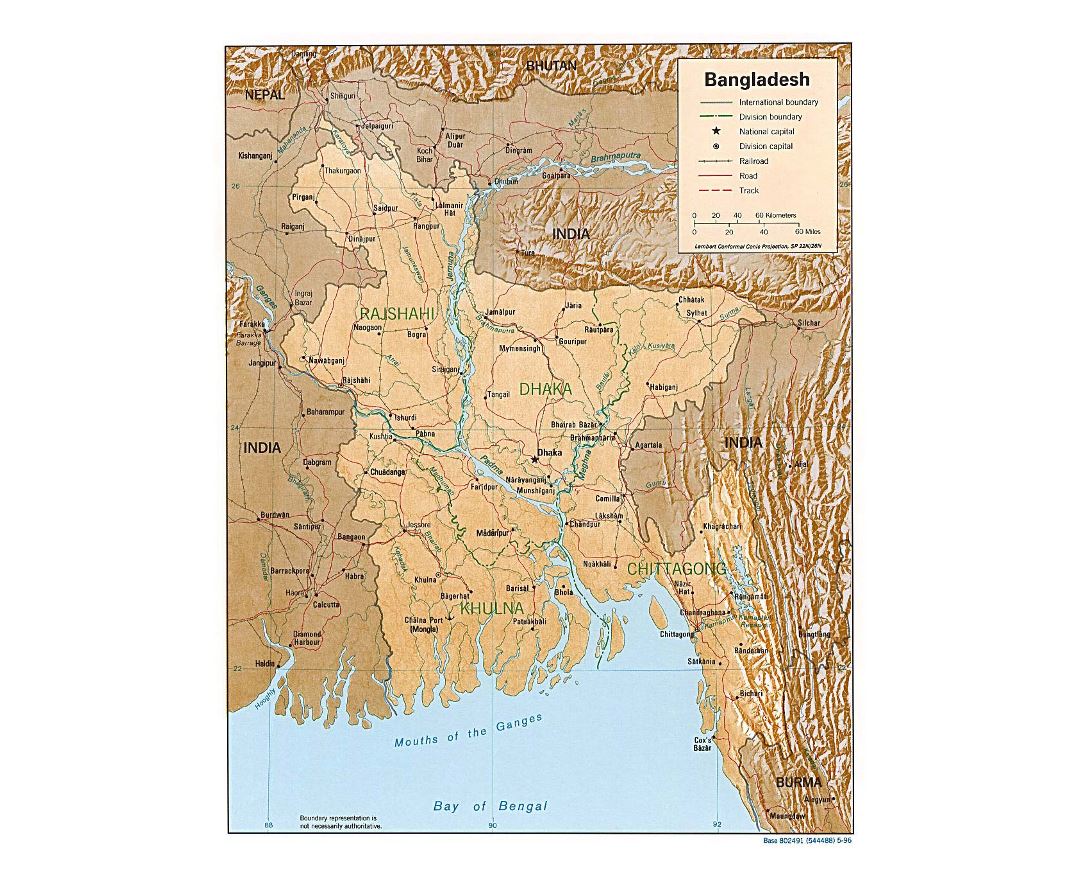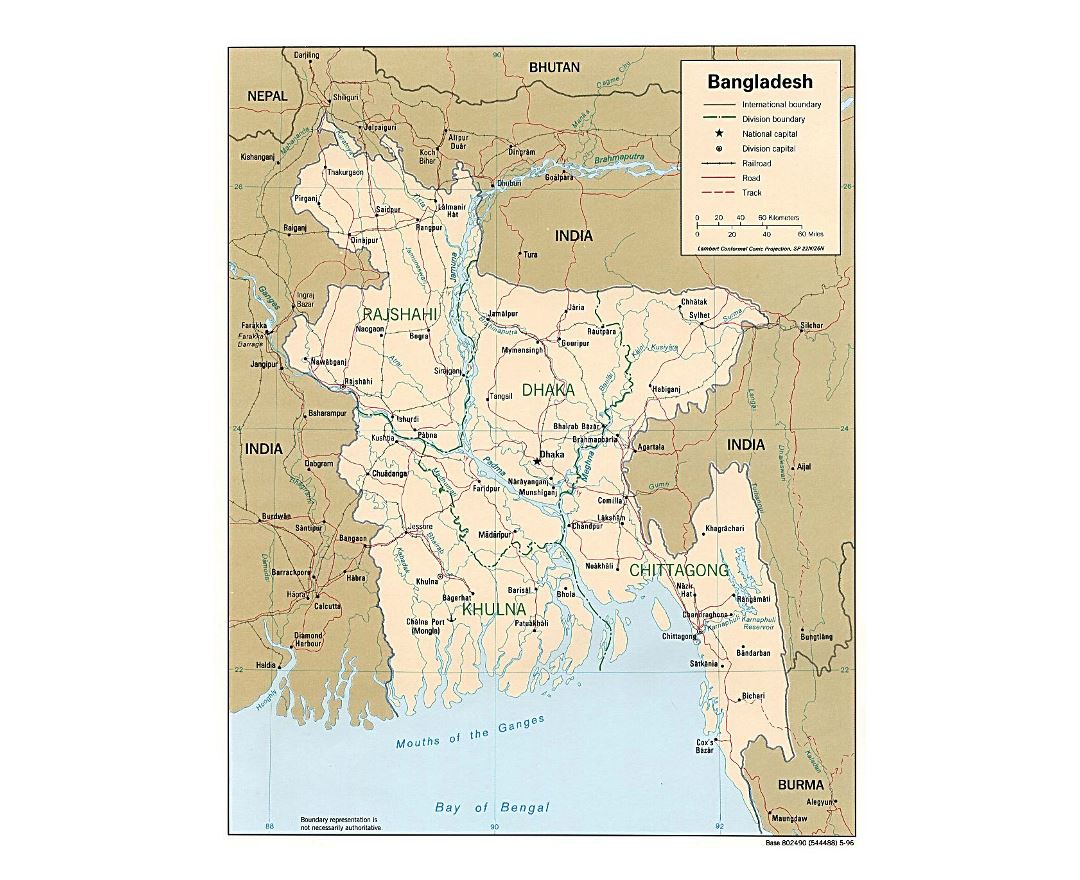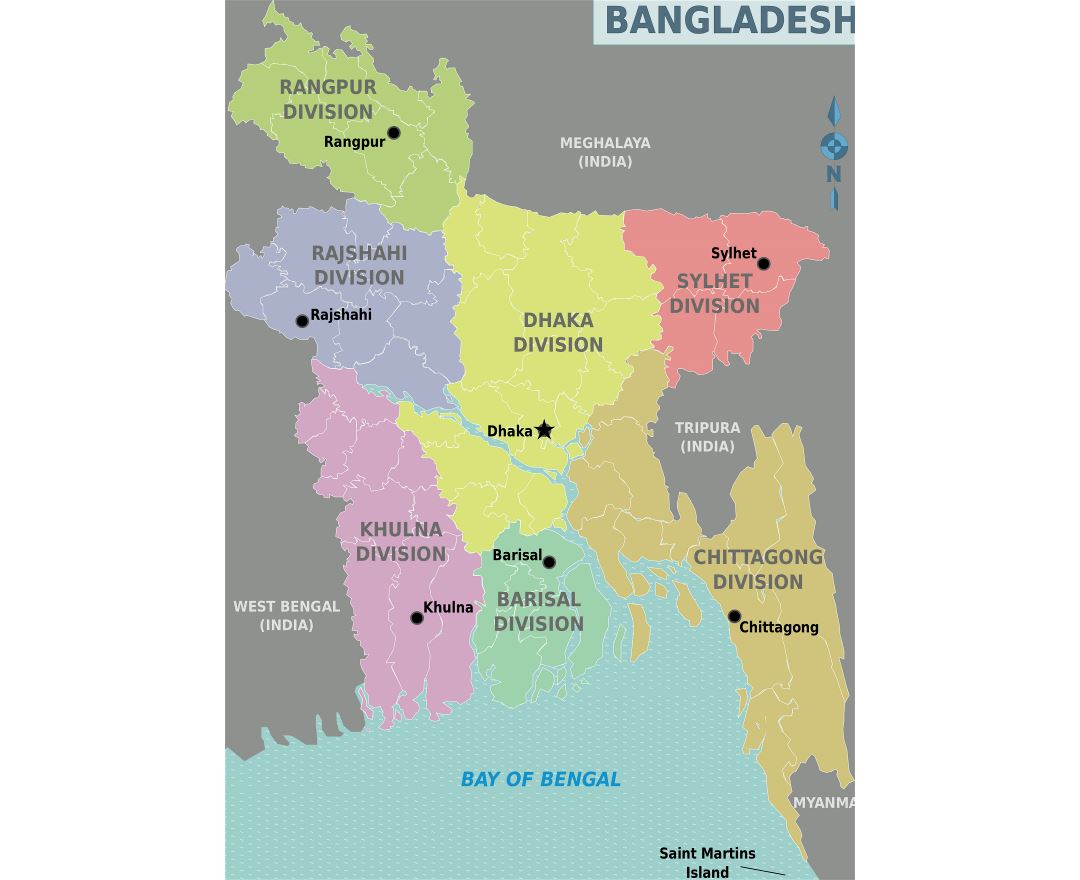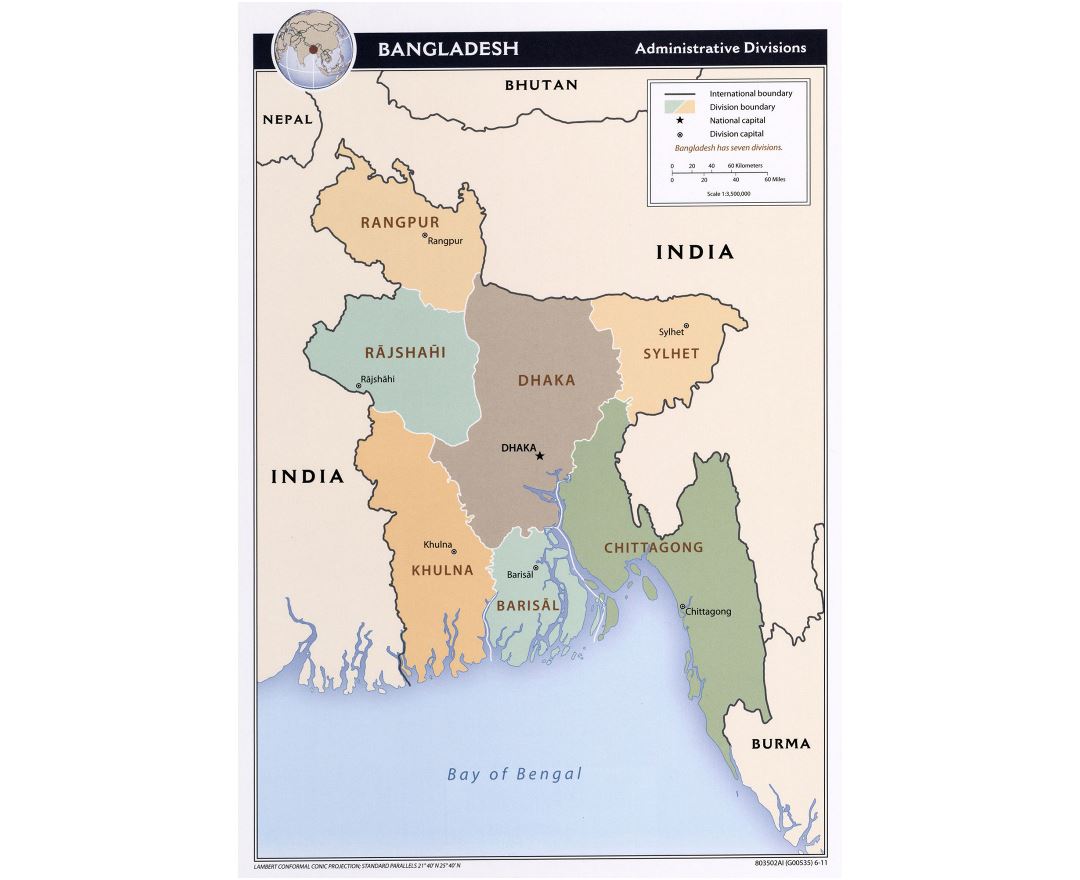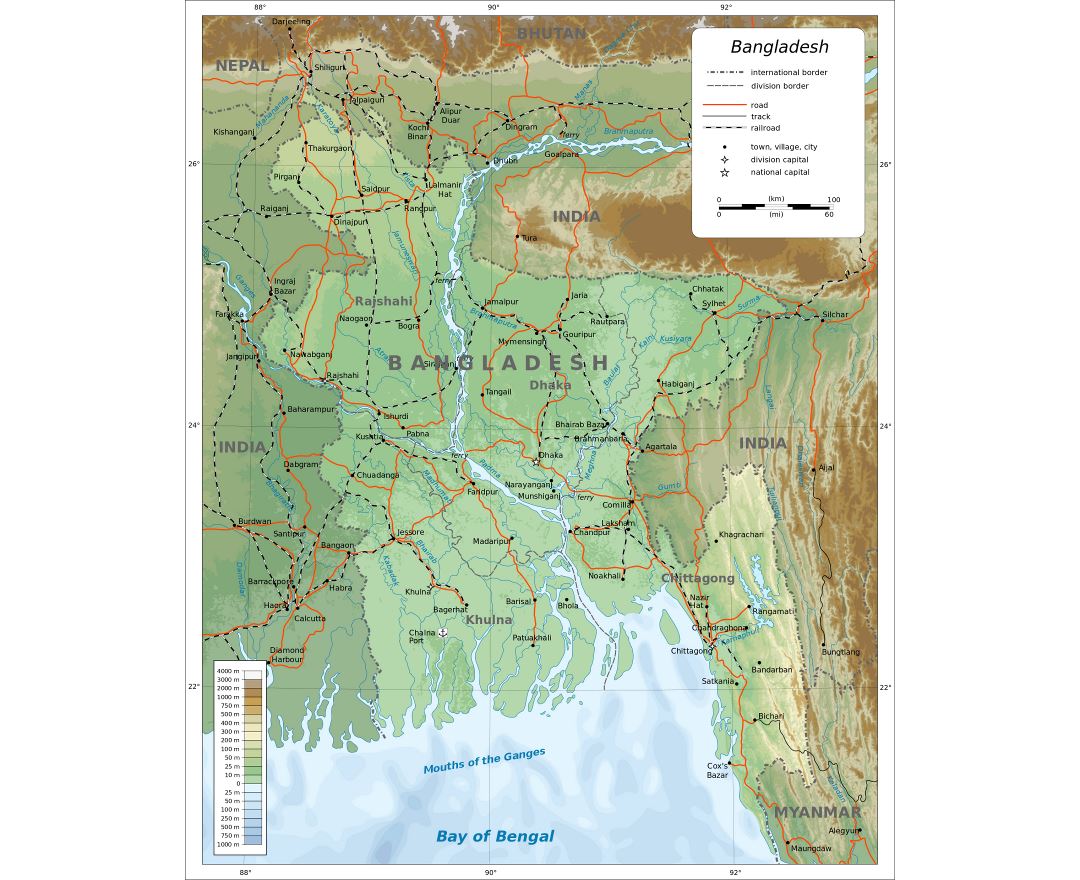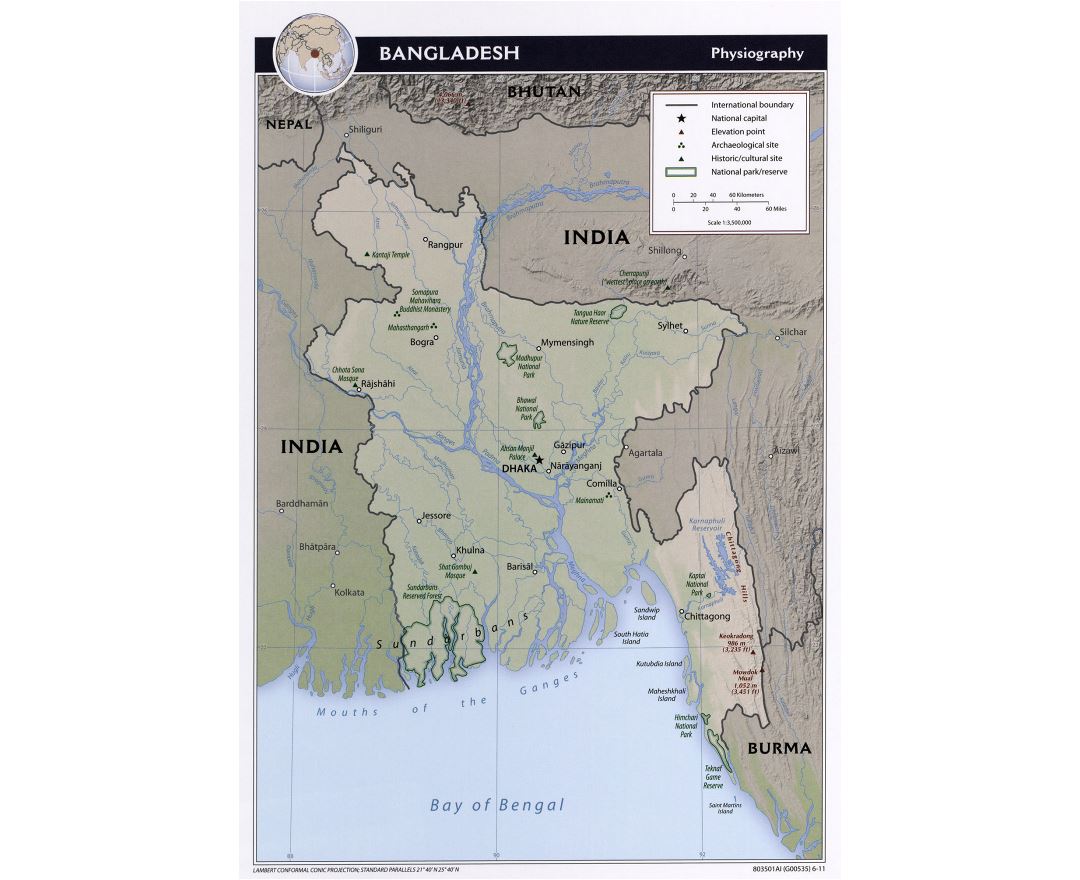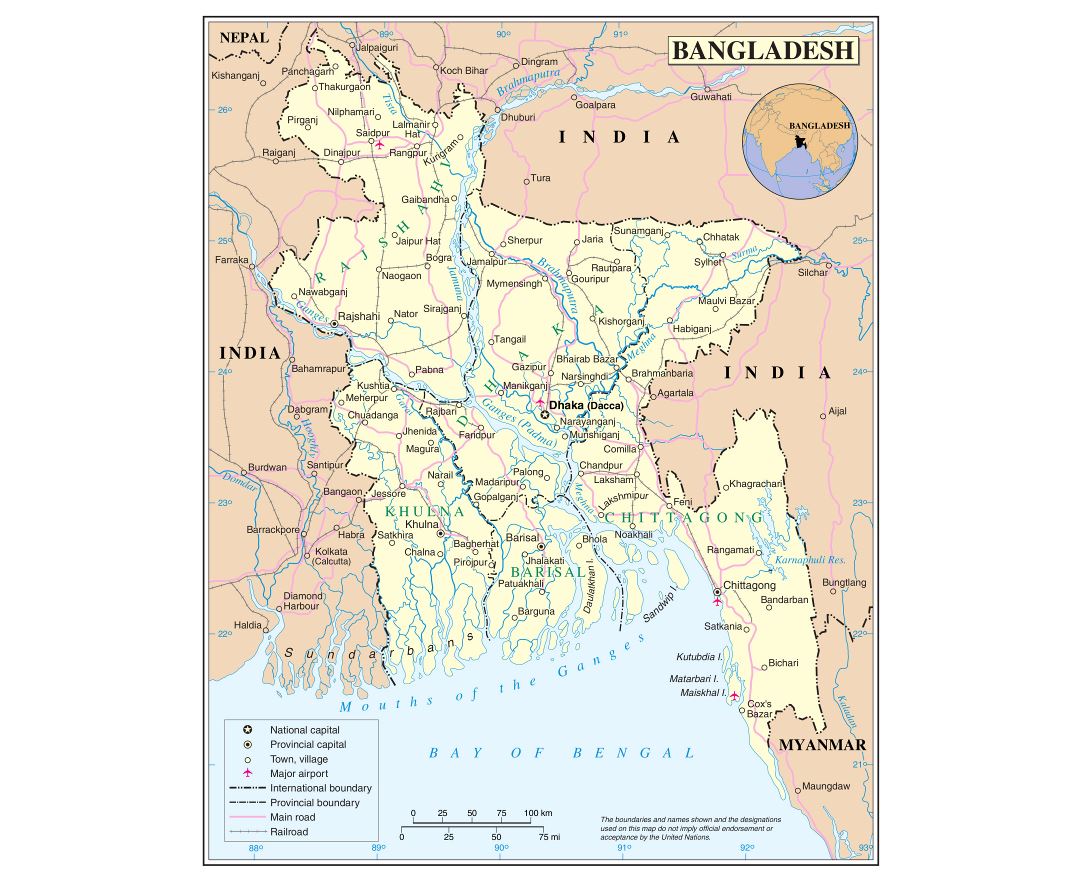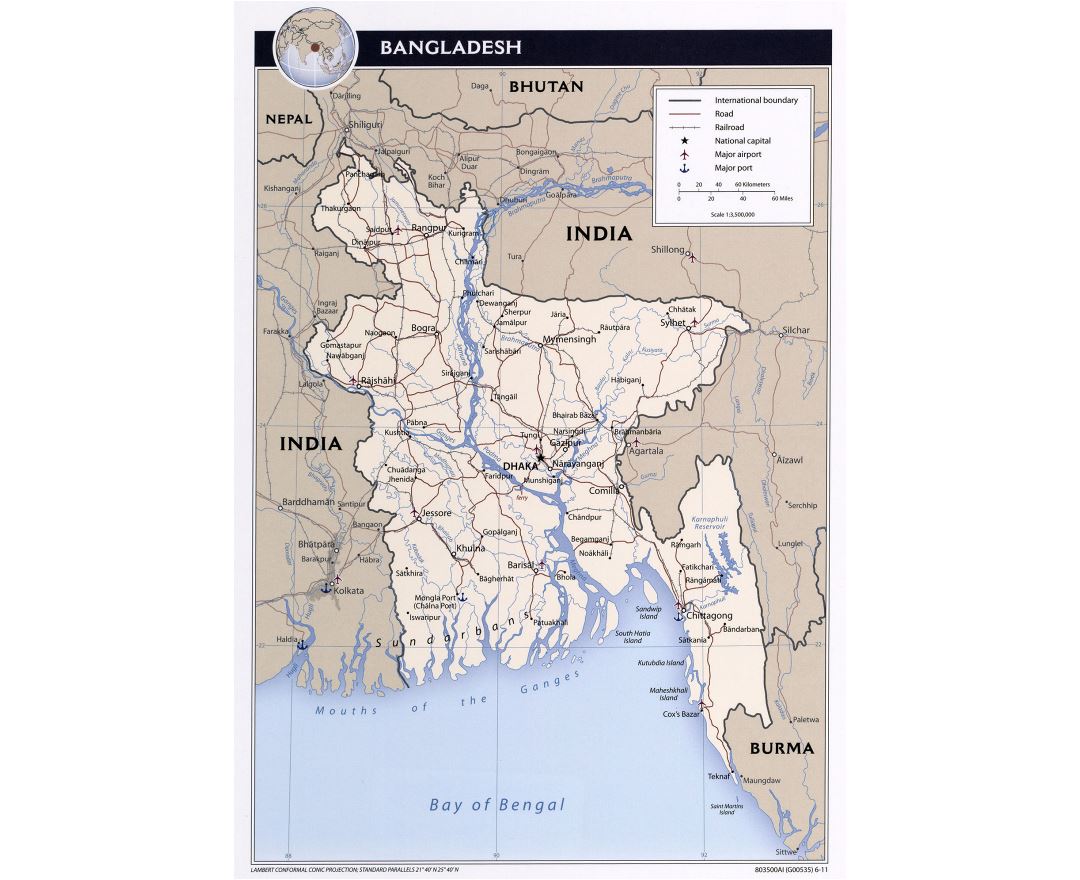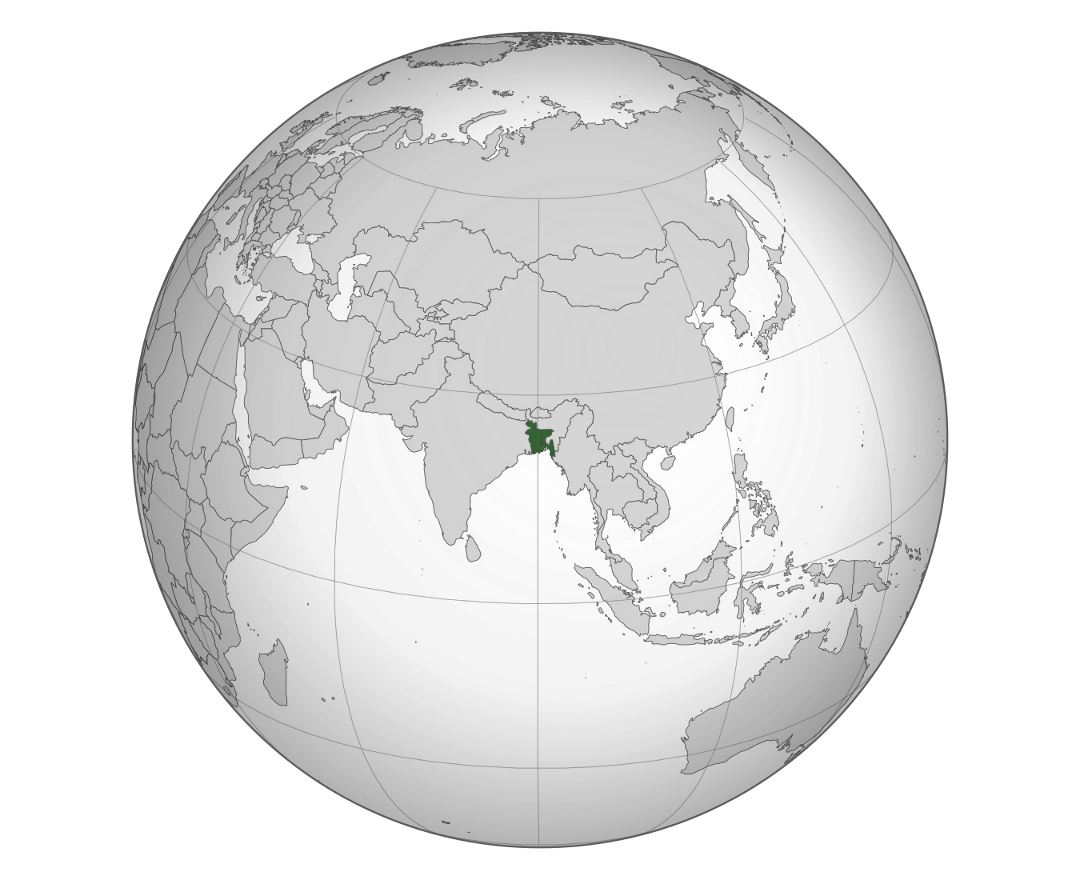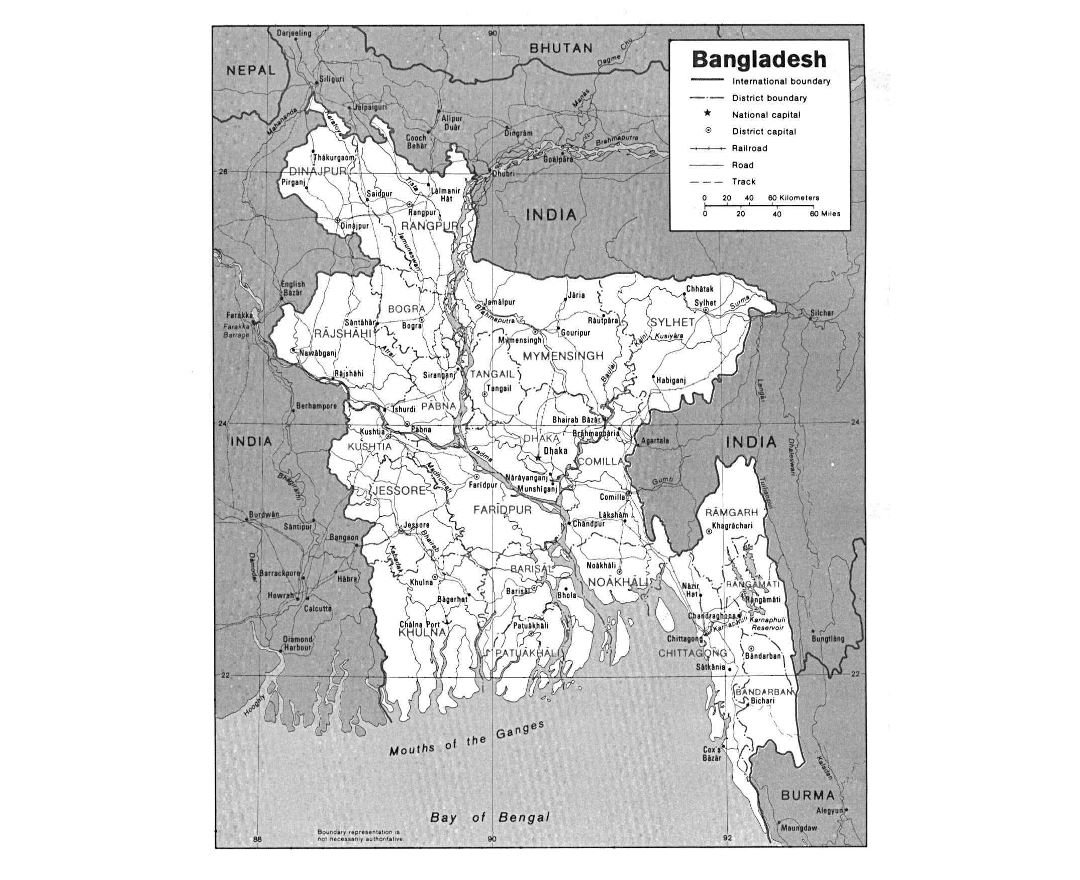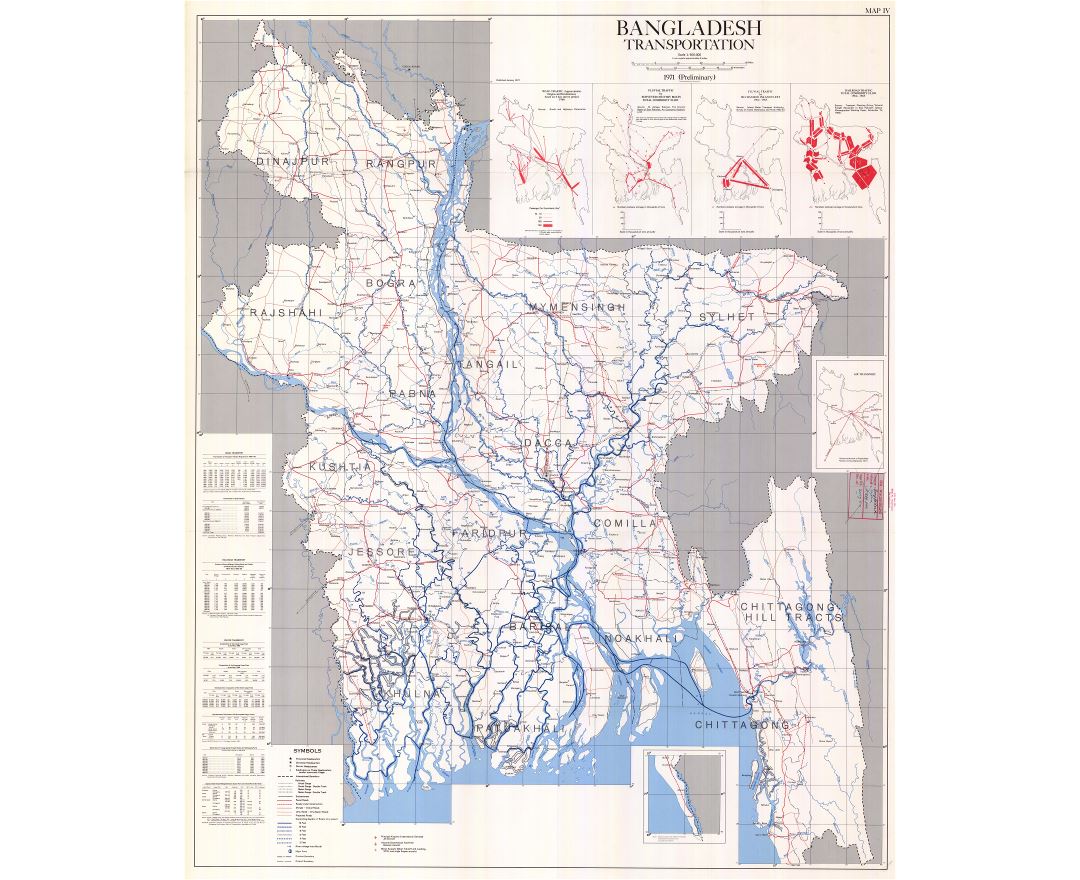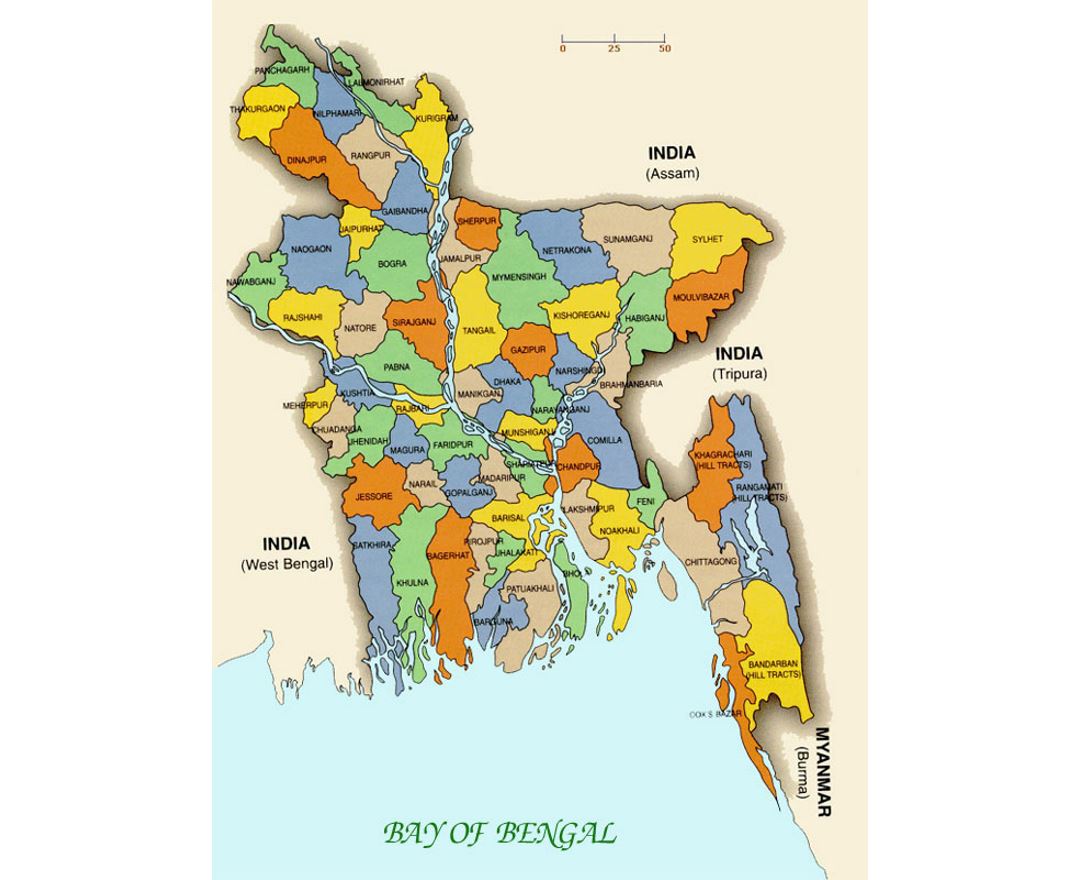Bangladesh
Bangladesh, officially the People's Republic of Bangladesh, is a sovereign country in South Asia. It forms the largest and eastern portion the ethno-linguistic region of Bengal. Located at the apex of the Bay of Bengal, the country is bordered by India and Myanmar and is separated from Nepal and Bhutan by the narrow Siliguri Corridor. With a population of 166.2 million, it is the world's eighth-most populous country, the fifth-most populous in Asia and the third-most populous Muslim-majority country. The official Bengali language is the seventh-most spoken language in the world, which Bangladesh shares with the neighboring Indian states of West Bengal, Tripura and Assam (Barak Valley).
Three of Asia's largest rivers, the Ganges (locally known as the Padma), the Brahmaputra (locally known as the Jamuna) and the Meghna, flow through Bangladesh and form the fertile Bengal delta - the largest delta in the world. With rich biodiversity, Bangladesh is home to 700 rivers, most of the world's largest mangrove forest; rainforested and tea-growing highlands; a 600 km (370 mi) coastline with the world's longest beach; and various islands, including a coral reef. Bangladesh is one of the most densely populated countries in the world, ranking alongside South Korea and Monaco. The capital Dhaka and the port city of Chittagong are the most prominent urban centers. The predominant ethnic group are Bengalis, with a politically-dominant Bengali Muslim majority, followed by Bengali Hindus, Chakmas, Bengali Christians, Marmas, Tanchangyas, Bisnupriya Manipuris, Bengali Buddhists, Garos, Santhals, Biharis, Oraons, Tripuris, Mundas, Rakhines, Rohingyas, Ismailis and Bahais.
Greater Bengal was known to the ancient Greeks and Romans as Gangaridai. The people of the delta developed their own language, script, literature, music, art and architecture. Early Asian literature described the region as a seafaring power. It was an important entrepot of the historic Silk Road. Bengal was absorbed into the Muslim world and ruled by sultans for four centuries, including under the Delhi Sultanate and the Bengal Sultanate. This was followed by the administration of the Mughal Empire. Islamic Bengal was a melting pot, a regional power and a key player in medieval world trade. British colonial conquest took place in the late-18th century. Nationalism, social reforms and the arts developed under the British Raj in the late 19th and early 20th centuries, when the region was a hotbed of the anti-colonial movement in the subcontinent.
The first British partition of Bengal in 1905, that created the province of Eastern Bengal and Assam, set the precedent for the Partition of British India in 1947, when East Bengal joined the Dominion of Pakistan and was renamed as East Pakistan in 1955. It was separated from West Pakistan by 1,400 kilometres (870 mi) of Indian territory. East Pakistan was home to the country's demographic majority and its legislative capital. The Bangladesh Liberation War in 1971 resulted in the secession of East Pakistan as a new republic with a secular multiparty parliamentary democracy. A short-lived one party state and several military coups in 1975 established a presidential government. The restoration of the parliamentary republic in 1991 led to improved economic growth and relative stability. Bangladesh continues to face challenges of poverty, corruption, polarized politics, human rights abuses by security forces, overpopulation and global warming. However, the country has achieved notable human development progress, including in health, education, gender equality, population control and food production. The poverty rate has reduced from 57% in 1990 to 25.6% in 2014.
Considered a middle power in international affairs and a major developing country, Bangladesh is listed as one of the Next Eleven. It is a unitary state with an elected parliament called the Jatiyo Sangshad. Bangladesh has the third-largest economy and military in South Asia after India and Pakistan. It is a founding member of SAARC and hosts the permanent secretariat of BIMSTEC. The country is the world's largest contributor to United Nations peacekeeping operations. It is a member of the Developing 8 Countries, the OIC, the Commonwealth of Nations, the World Trade Organization, the Group of 77, the Non-Aligned Movement, BCIM, the Indian Ocean Rim Association and BBIN. The country has significant natural resources, including natural gas and limestone. Agriculture mainly produces rice, jute and tea. Historically renowned for muslin and silk, modern Bangladesh is one of the world's leading textile producers. Its major trading partners include the European Union, the United States, Japan and the other nearby nations of China, Singapore, Malaysia and India.

